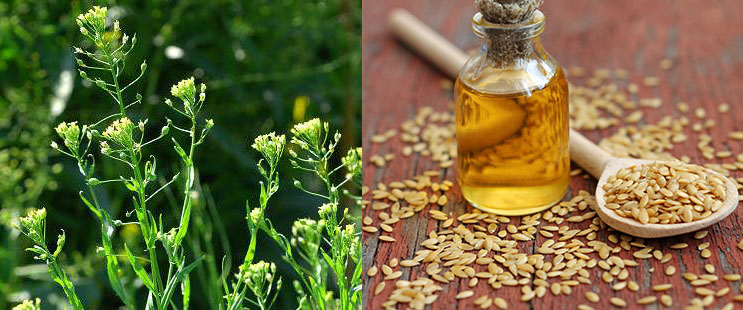Camelina’s potential as a substitute for fish oils and fishmeal in aquaculture feeds has been explored in recent years. However the plant doesn’t have the health-beneficial Omega-3 that marine-based feed ingredients possess.
Today, new research is underway to see whether camelina that’s genetically modified (GM) to make Omega-3 fish oils could become an even better source of Omega-3 if it were also gene edited (GE) using the new technique called CRISPR.
“No plants naturally make EPA and DHA, which is why we are using GM to give them this extra ability. Although you can’t use GE to convert plants to make Omega-3 fish oils, it can help to make the GM accumulation of EPA and DHA more efficient, so we are looking to combine the two different methods (GM, GE) to make our camelina plants even better sources of Omega-3 fish oils,” said Prof Johnathan Napier of Rothamsted Research.
Napier was part of a 2018 study that fed salmon with diets containing EPA+DHA camelina oil. It allowed the team to validate the potential of the novel oil and to demonstrate its equivalence (or more) to fish oil in terms of market-size salmon. The pandemic interrupted the analysis of the samples but he hopes work could resume soon so the findings could be published.
By Liza Mayer
Reference: https://www.aquaculturenorthamerica.com/aquafeed-study-explores-use-of-crispr/#
“Domesticated Shrimp Postlarvae – The Key To Success”
See more:
- Environment, Bacterial Community Dynamics And White Feces Disease Outbreaks In Shrimp Ponds
- Evaluating Shrimp Microbiota Diversity In An Aquamimicry System
- Facts, truths and myths about SPF shrimp in Aquaculture (Part 2)

 Tiếng Việt
Tiếng Việt 中文 (中国)
中文 (中国)